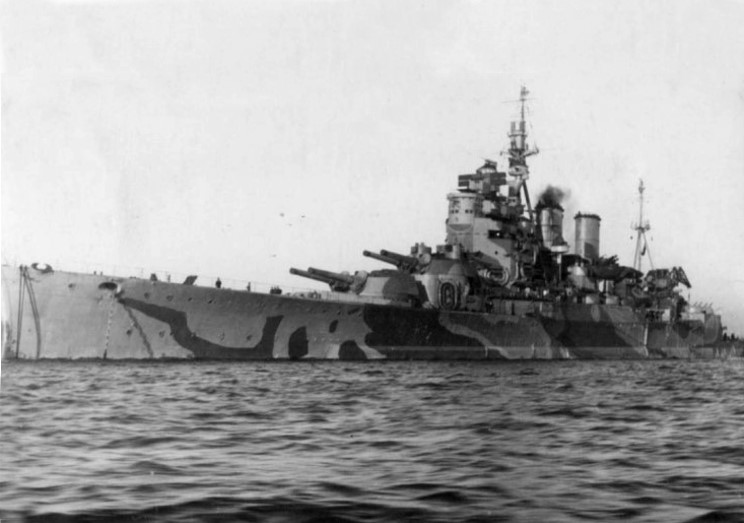

Trolleys to hold the floats allowed seaplanes to launch off the platform.” A launching ramp was added forward, extending over the bow. Canvas shelters to hold aircraft were installed on the stern and forward of the bridge structure and aircraft-handling booms installed on the masts. The old light cruiser, Hermes, launched in 1898, was converted to a seaplane carrier. “On the Royal Navy commissioned its first aviation ship. Instead, the Royal Navy next focused its efforts on the development of seaplanes and the ships to run alongside them.Īs Mark Lardas explains in ‘World War I Seaplane and Aircraft Carriers’: However, these developments did not continue in a straight line to the first aircraft carrier. HMS Queen Elizabeth, one of the UK’s two aircraft carriers today (picture: MOD) They had constructed their own airship meant for naval aviation in 1909 in 1912 they also managed their own plane launch from the deck of a ship (HMS Africa) and in 1914 they established the Royal Naval Air Service (RNAS), a forerunner, along with the Royal Flying Corps (RFC), to the RAF. In fact, in at least one way, the Royal Navy’s efforts predated Ely’s. The American Eugene Ely was in fact the first person to complete both the first successful launch and landing of an aircraft aboard a ship, doing so as early as 19.īut Ely’s premature death later in 1911 meant that the US would no longer be the leaders in shipboard aviation, and the torch passed instead to the Europeans, and in this Britain led the pack. Although, this in and of itself was never a guarantee that the development of naval aviation and aircraft-carrier technology would be an arena in which the British would always lead. Indeed, having once been the pre-eminent global sea power, it makes sense that Britain was a pioneer in this area.

These two vessels, HMS Queen Elizabeth and HMS Prince of Wales, are the largest surface vessels ever built in the UK and each 280-metre-long ship normally has space for 40 aircraft on a four-acre flight deck, and over 70 aircraft at maximum capacity.Īlso impressive, though in a different way, is the fact that the UK had a predecessor to the Elizabeth class over 100 years ago: the first true aircraft carrier, HMS Argus.

Today’s Royal Navy has two aircraft carriers with which to take aircraft to sea.


 0 kommentar(er)
0 kommentar(er)
